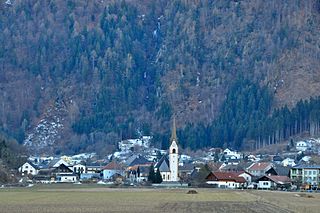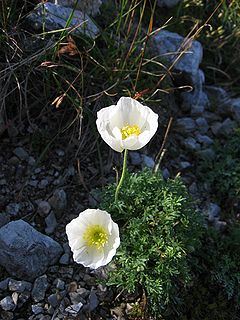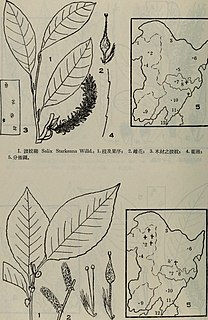
Austria is a predominantly mountainous country in Central Europe, approximately between Germany, Italy and Hungary. It has a total area of 83,871 square kilometres (32,383 sq mi), about 2.031706 times the size of Switzerland.

Tourism in Austria forms an important part of the country's economy, accounting for almost 9% of the Austrian gross domestic product. Austria has one guest bed for every six inhabitants, and boasts the highest per capita income from tourism in the Organisation for Economic Co-operation and Development. As of 2007, the total number of tourist overnight stays is roughly the same for summer and winter season, with peaks in February and July/August.

The High Tauern are a mountain range on the main chain of the Central Eastern Alps, comprising the highest peaks east of the Brenner Pass. The crest forms the southern border of the Austrian states of Salzburg, Carinthia and East Tyrol, with a small part in the southwest belongs to the Italian province of South Tyrol. The range includes Austria's highest mountain, the Grossglockner at 3,798 metres (12,461 ft) above the Adriatic.

Lienz is a medieval town in the Austrian state of Tyrol. It is the administrative centre of the Lienz district, which covers all of East Tyrol. The municipality also includes the cadastral subdivision of Patriasdorf.

The Noric Alps is a collective term denoting various mountain ranges of the Eastern Alps. The name derives from the ancient Noricum province of the Roman Empire on the territory of present-day Austria and the adjacent Bavarian and Slovenian area.

Eastern Alps is the name given to the eastern half of the Alps, usually defined as the area east of a line from Lake Constance and the Alpine Rhine valley up to the Splügen Pass at the Alpine divide and down the Liro River to Lake Como in the south. The peaks and mountain passes are lower than the Western Alps, while the range itself is broader and less arched.

The Radstadt Tauern are a subrange of the Central Eastern Alps in Austria. Together with the Schladming Tauern, the Rottenmann and Wölz Tauern and the Seckau Tauern the Radstadt Tauern form the major range of mountains known as the Low Tauern. The mountains are found in the southeast of the Austrian state of Salzburg, between the upper reaches of the Enns and Mur rivers.

The Tauern Road Tunnel is located on the Tauern Autobahn (A10) in the Austrian federal state of Salzburg. The use is subject to a toll. With a length of 6,546 m (21,476 ft), the tunnel ranks as one of the longest frequently-travelled road tunnels in Austria.

Krems in Kärnten is a municipality in the district of Spittal an der Drau in Carinthia in Austria.

Oberdrauburg is a market town in the district of Spittal an der Drau at the western rim of the Austrian state of Carinthia.

Rennweg am Katschberg is a market town in the district of Spittal an der Drau in Carinthia, Austria.

Sachsenburg is a market town in the district of Spittal an der Drau in Carinthia, Austria.

Papaver alpinum, the Alpine poppy or dwarf poppy, is a poppy found in the Alps. This species includes several sub-species, four of which are found in Austria.

The Möll is a river in northwestern Carinthia in Austria, a left tributary of the Drava. Its drainage basin is 1,100.8 km2 (425.0 sq mi).

A double summit, double peak, twin summit, or twin peak refers to a mountain or hill that has two summits, separated by a col or saddle.

Salix argyracea, the smooth willow, is a small shrub from the genus of willow (Salix). It is found in the mountainous areas of several European countries.

Salix appendiculata is a plant from the willow genus (Salix). They can be found in France, Italy, Central and Eastern Europe, and on the Balkan Peninsula.

Salix caesia is a small shrub in the genus Salix, the willows. It is widespread, mainly in Asia.

Salix starkeana is a small, prostrate shrub from the genus of willows (Salix) with red-brown to purple-red, bare branches and olive-green leaf tops. The natural range of the species is in Europe and in northern Asia.



















